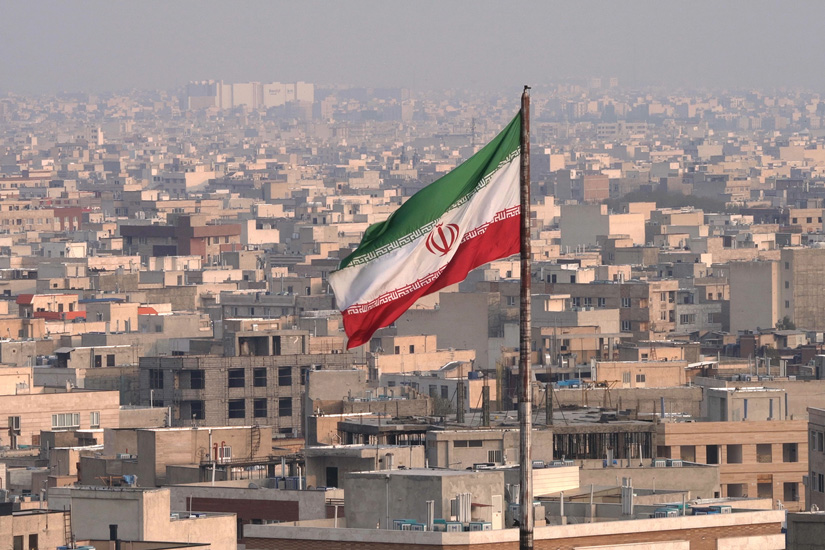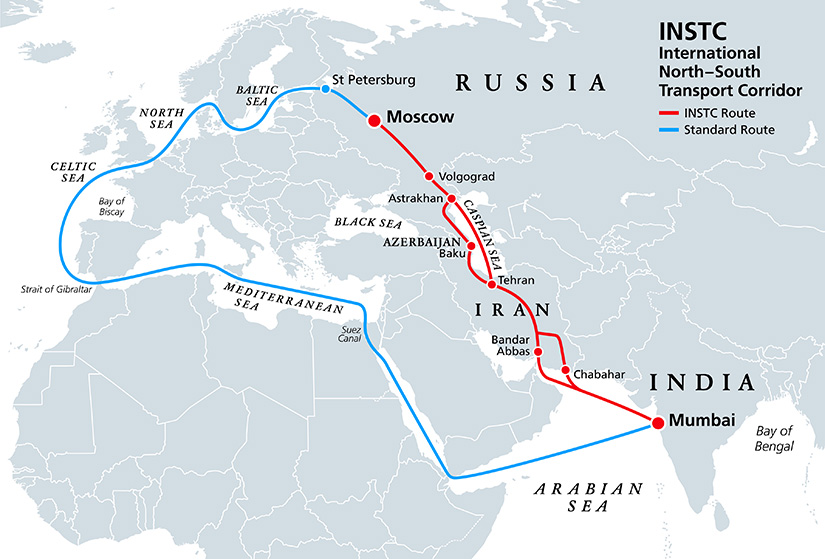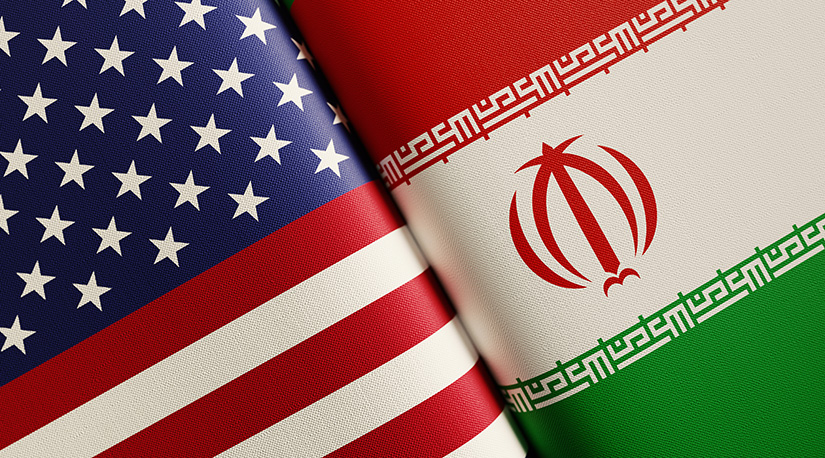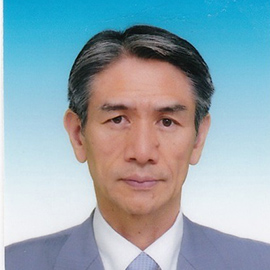The fighting between Israel and Palestinian extremists such as Hamas in the Gaza Strip has expanded to fighting between Israel and Hezbollah in Lebanon, direct battles between Israel and Iran, and other conflicts. As a result, Israel has destroyed most of the military wings of Hamas, Islamic Jihad, and Hezbollah. Furthermore, in its two battles with Iran, Israel was able to strengthen its security by demonstrating the difference in the power of its air defense systems and air attack capabilities. In addition, after the Assad regime in Syria was overthrown by opposition forces on December 8, 2024, Israel blew up Syrian arms and ammunition depots and secured a buffer zone within Syrian territory. We can conclude that from the perspective of the balance of power, the Gaza War has increased Israel’s dominance in the Middle East region.
On the other hand, for Iran the collapse of the strategically important Assad regime in Syria means the loss of a route for supporting the anti-Israeli resistance forces in Palestine and Lebanon, so its security posture has been greatly weakened in all respects. Moreover, with President Donald Trump re-elected as the U.S. president, Iran’s reasons for concern in areas such as economic sanctions and the use of force have increased even further. In that context, Iran concluded a Comprehensive Strategic Partnership Treaty with Russia on January 17, 2025. Therefore, this paper will discuss what kinds of foreign policy the Masoud Pezeshkian administration in Iran, which has been put in an inferior position due to the changes in the balance of power in the Middle East region, is employing in an attempt to overcome the difficult situation in which it finds itself.

The signing of a treaty with Russia has attracted attention
On January 15, just before President Trump’s inauguration, President Pezeshkian gave an exclusive interview to NBC News in Tehran to send a message to the new Trump administration. When asked about the possibility of military action by the United States and Israel to stop Iran’s nuclear development program, he said “[w]e do not fear war, but we do not seek it,” adding “I solemnly hope that this will not transpire.” [1] The day after this interview, President Pezeshkian visited Moscow and on January 17 he concluded a twenty-year Comprehensive Strategic Partnership Treaty with President Vladimir Putin, which has attracted attention.
Some hold the view that combined with the joint statement by President Putin and President Xi Jinping of China in February 2022 immediately before Russia invaded Ukraine, Russia’s conclusion of a Comprehensive Strategic Partnership Treaty with North Korea in June 2024, and Russia’s conclusion of a mutual defense agreement with Belarus in December the same year, this agreement means an expansion of military relations between Russia, China, North Korea, and Iran. [2]
On the other hand, others view the matter differently. It has been pointed out that Iran obtained the approval of its parliament to conclude the Treaty on the Basis of Mutual Relations and Principles of Cooperation between Iran and Russia with Russia in 2001 and then early in 2020, nearly 20 years later, progress was made toward the realization of the concept of a strategic partnership agreement between the two countries under (then) President Hassan Rouhani, but no such agreement was concluded. Subsequently, Iran concluded a twenty-five-year Comprehensive Strategic Partnership Agreement with China in March 2021 and concluded similar agreements with Venezuela and Syria, so this time Iran did no more than sign a treaty with Russia. Furthermore, it has been analyzed that there is nothing new in the details of the treaty and it merely includes areas covered by agreements the two countries have concluded over the past three years. [3] Actually, Article 3, Paragraph 3 of this new treaty between Iran and Russia goes no further than to mention that in the event that either Contracting Party is subject to aggression, the other Contracting Party shall not provide any military or other assistance to the aggressor, so it is difficult to conclude that this treaty is a mutual defense agreement. [4]
The purpose of Pezeshkian’s diplomacy
So why did President Pezeshkian sign the long-delayed treaty between Iran and Russia? Iran has been under Western economic sanctions for a long time. We can at least conclude that for Iran, given its continuing difficult economic situation, the main purpose of the conclusion of the treaty with Russia is to consolidate the foundation of economic cooperation with that country and to strengthen its economic relations with its neighbors. The main means for it to achieve this are to expand economic cooperation in areas such as trade, energy, construction of payment systems, investment, and transportation with member countries of regional cooperation organizations in which the Western countries are not involved, such as the Shanghai Cooperation Organisation (SCO), BRICS, and the Eurasian Economic Union (EAEU). One of the important elements supporting this kind of economic cooperation is the development of transportation routes, and one of the important routes involving Iran and Russia is the International North-South Transport Corridor (INSTC). The new treaty with Russia also calls for cooperation in the development of the INSTC. [5]
The INSTC connects Mumbai in India to Saint Petersburg in Russia, going via Bandar Abbas Port and Chabahar Port in Iran, and then heading north through the Caspian Sea. There are fears that the development of the INSTC could be hindered by the Baloch separatist movement in the border area between southern Iran and Pakistan, the conflict between Azerbaijan and Armenia, countries which border Iran in the north, and other conflicts. Partly for these reasons, after Iran and India concluded a ten-year contract for the development of Chabahar Port in May 2024 and the development of the INSTC shifted into high gear, President Putin visited Azerbaijan in August and President Pezeshkian toured Sistan-and-Baluchestan Province in November, his first visit to a domestic destination after taking office. [6]
If the development of the INSTC makes progress, Iran will not only be able to achieve its goal of consolidating the foundation for economic cooperation with its neighbors; it will also be able to secure an oil export route which bypasses the Strait of Hormuz. This will also have the advantage of making it easier to use blockades of the strait strategically.

Will Iran’s diplomacy lead to negotiations with the Trump administration?
In the President Rouhani era, Iran’s basic policy was to improve relations with the Western countries. Subsequently, when President Ebrahim Raisi, a conservative hardliner, took office in 2021, Iran changed to a policy of improving and strengthening relations with countries in its region, and in 2023 it normalized diplomatic relations with Saudi Arabia through the mediation of China. Furthermore, it also worked on multilateral diplomacy in regional cooperation organizations. For example, in July 2023 it joined the SCO, in August it received approval to join BRICS, and in December it concluded a free trade agreement with the EAEU. Moreover, due to the development of the INSTC, Iran encouraged the expansion of trade and transportation cooperation with India, Uzbekistan, and Turkmenistan. The Pezeshkian administration has basically continued this policy approach of President Raisi and has improved relations with the United Arab Emirates (UAE) and Bahrain.
Moreover, the Gaza War, which has weakened Iran in terms of the balance of power within the region, has paradoxically encouraged cooperation between Iran and Arabic and Islamic countries. Not only that, it also enabled Iran to demonstrate solidarity as a country of the Global South in the United Nations and at international conferences. Iran has also been able to participate in adjustments of crude oil prices in OPEC+ and policy consultations concerning currencies and other issues in BRICS, so we can conclude that the sense of international isolation of Iran has been largely eliminated.
In his second term, President Trump has asserted that he does not want war but wants to reduce the price of oil and maintain the dollar as the key currency, so if he takes into consideration the changes to the position of Iran in the international community and the message stated by President Pezeshkian at NBC that Iran seeks peace, the two countries may sit down at the bargaining table to negotiate a return to the nuclear deal and the lifting of the freeze on Iran’s overseas assets. On February 4, President Trump signed a National Security Presidential Memorandum to apply “maximum pressure on the government of the Islamic Republic of Iran” while he told reporters that “I say this to Iran, who’s listening very intently, ‘I would love to be able to make a great deal’.” [7]
However, the memorandum signed by the president included the implementation of campaigns to drive Iran’s export of oil to zero and complete the sanctions and restrictions based on United Nations resolutions (snapback), among other measures. [8] In response to these moves by the Trump administration, Iran’s Supreme Leader Ali Khamenei stated in a speech during a meeting with military personnel on February 7 that “negotiating with the perfidious United States government is unwise.” [9] If Iran acts in accordance with this statement by the Supreme Leader, the negotiations to return to the nuclear deal and the lifting of the freeze on the overseas assets of Iran will become further out of reach. That would presumably have a negative effect on Iran’s economy. The diplomacy of the Pezeshkian administration is facing a crucial juncture.

(2025/03/13)
Notes
- 1 Dan De Luce, “Iran ‘Never’ Plotted to Kill Trump During Campaign, Iran’s President Tells NBC News,” NBC News, January 15, 2025.
- 2 The Comprehensive Strategic Partnership Treaty between Russia and North Korea led to the deployment of North Korean troops to Russia. Furthermore, due to the mutual defense agreement between Russia and Belarus, the deployment of Russia’s tactical nuclear weapons in Belarus became possible. Frederick Kempe, “A Russian-Iranian Inaugural Gift for Trump,” Atlantic Council, January 18, 2025.
- 3 Nikita Smagin, “New Russia-Iran Treaty Reveals the Limits of Their Partnership,” Carnegie Endowment for International Peace, January 21, 2025.
- 4 “Text of Joint Comprehensive Strategic Agreement Between Iran and Russia,” Islamic Republic News Agency, January 17, 2025.
- 5 Ibid.
- 6 “President Pezeshkian Arrives in Sistan-and-Baluchestan Province,” Official Website of the President of the Islamic Republic of Iran, November 21, 2024.
- 7 “Trump Says He Would Love to Make a Deal with Iran,” Reuters, February 5, 2025.
- 8 “National Security Presidential Memorandum/NSPM-2 Executive Order,” The White House, February 4, 2025.
- 9 “Leader: One Shall Not Negotiate with a Perfidious U.S. Government,” Islamic Republic News Agency, February 7, 2025.

